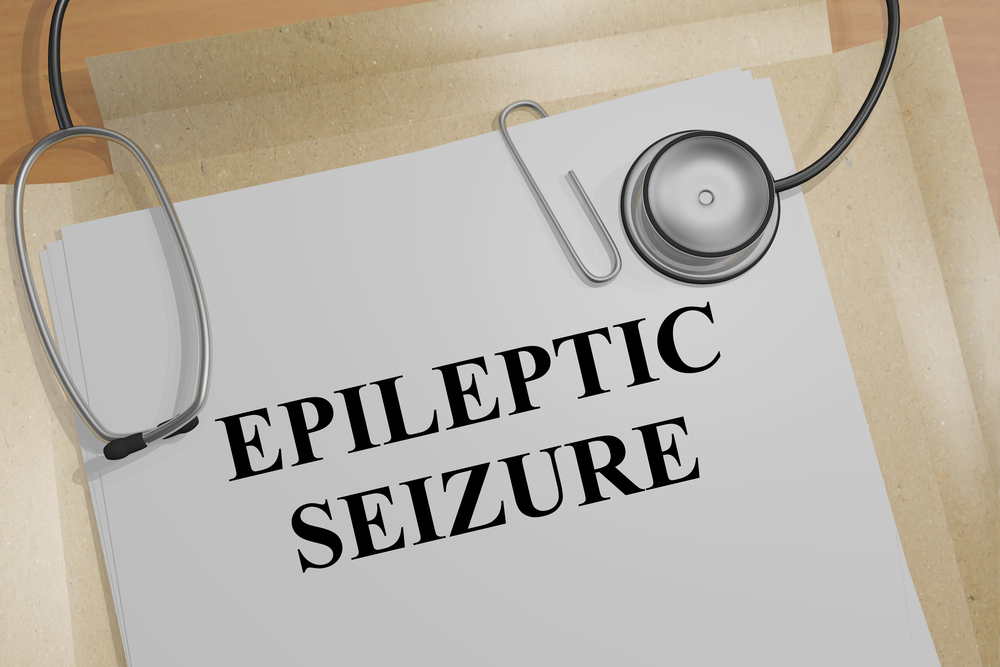Newer Anti-epileptic Therapies May Be Safer, More Effective in Reducing Seizures in Angelman’s Patients
Written by |

Newer anti-epileptic medications — such as Keppra (levetiracetam), Lamitcal (lamotrigine), and clobazam — as well as low glycemic index treatment may be more effective in reducing epileptic seizures and associated with fewer side effects than older ones — namely valproic acid and clonazepam — in people with Angelman syndrome, a Massachusetts General Hospital study suggests.
The study, “Seizure treatment in Angelman syndrome: A case series from the Angelman Syndrome Clinic at Massachusetts General Hospital,” was published in the journal Epilepsy & Behavior.
Angelman syndrome is a complex genetic disorder caused by the absence or malfunction of the UBE3A gene, affecting an estimated 1 in 10,000-40,000 children worldwide. The disorder is frequently associated with epileptic seizures — estimated to affect between 80% and 95% of patients.
Seizures — which can have various natures — start by age 3 in 76% of these patients, and usually diminish during puberty but can return in adulthood, affecting up to 40% of patients.
Several anti-epileptic medications and therapies are used to reduce the frequency of these difficult-to-treat seizures in patients with Angelman syndrome. Before the mid-1990s, valproic acid (brand names Depakene, Stavzor) and clonazepam (brand name Klonopin, Rivotril, Navotrax) were the only broad spectrum anti-epileptic medications available, and were shown to effectively reduce seizures in these patients.
However, results of a 2009 large survey-based study involving 461 people with Angelman syndrome showed that newer medications, such as Keppra and Lamitcal — and to a lesser extent Topamax (topiramate) — were as effective as valproic acid and clonazepam in reducing seizure frequency, but with more favorable side effect profiles.
This survey did not assess the effectiveness of clobazam (brand names Onfi, Frisium), another newer anti-epileptic medication, or the low glycemic index treatment (LGIT) in these patients. LGIT is a low blood-sugar diet shown to reduce the frequency of epileptic seizures in Angelman patients.
Massachusetts General researchers evaluated the effectiveness and side effect profiles of older and newer anti-epileptic treatments in children and adults with Angelman syndrome.
They retrospectively analyzed the clinical data of 85 patients (48 men, 37 women) treated at the Angelman Syndrome Clinic at Massachusetts General Hospital (MGH AS Clinic) between 2008 and 2015.
Patients’ mean age was 12.4 years — ranging from 3 to 38 years — and 63 (74%) had epilepsy.
Forty-two (67%) of these patients received Keppra, 32 (51%) received clobazam, 25 (40%) received valproic acid, 18 (29%) received Lamitcal, 12 (19%) were placed on LGIT, nine (14%) received Topamax, and six (10%) received clonazepam at some point in their treatment.
The percentage of patients achieving a 90% reduction in seizure frequency ranged from 50% (clonazepam) to 66.7% (valproic acid) among older medications, and from 37.5% (Topamax) to 93.1% (clobazam) among newer therapies, with figures around 85% for Keppra, Lamitcal, and LGIT.
The team also found that older valproic acid had the less favorable side effect profile, with 72% of patients reporting an increase in tremors and discoordination, and that Lamitcal and Keppra had similar and the most favorable profiles, with only 17% and 21% of patients, respectively, reporting adverse events, mainly behavioral problems.
Side effects were also reported by 33% of the patients on older clonazepam, 34% of those receiving clobazam, and 44% of those receiving Topamax. No side effects were reported regarding LGIT.
These data suggested that newer therapies — in particular Keppra, Lamitcal, clobazam, and low glycemic index treatment — were more effective in reducing seizure frequency in Angelman patients than older medications, while also having fewer side effects, which supported previous findings.
The researchers noted, however, that these rates did not represent the effectiveness of each medication alone, as most children with Angelman syndrome receive multiple antiepileptic medications.
“A large-scale, multicenter study to assess the effects of newer [anti-epileptic medications] and dietary therapy in this specific population would be needed for more definitive results, especially to accurately assess efficacy of AED as monotherapy,” researchers stated.





